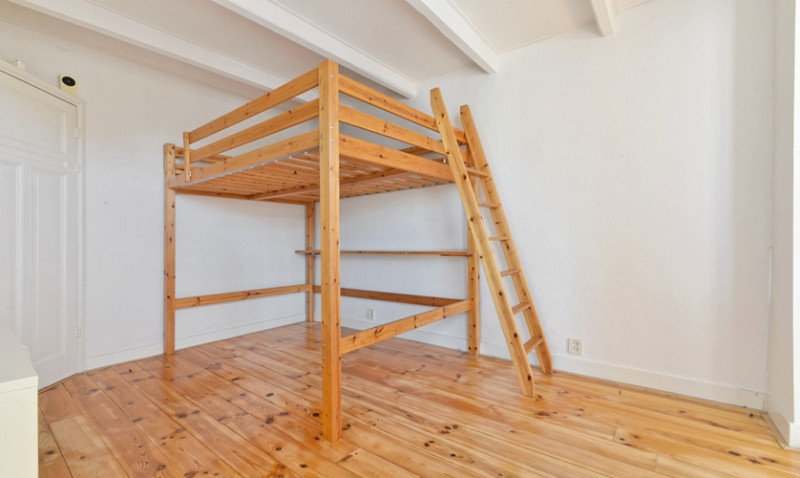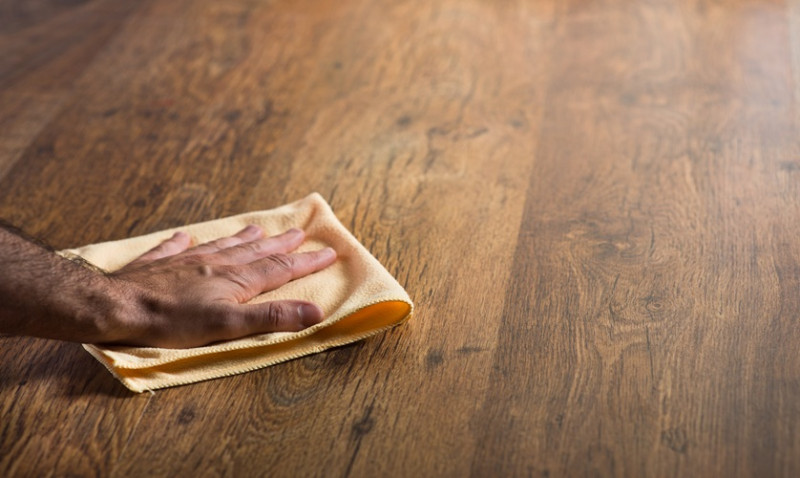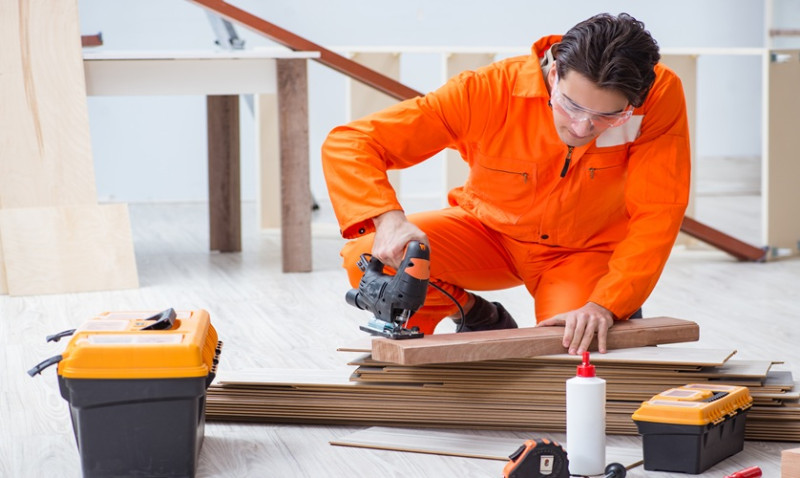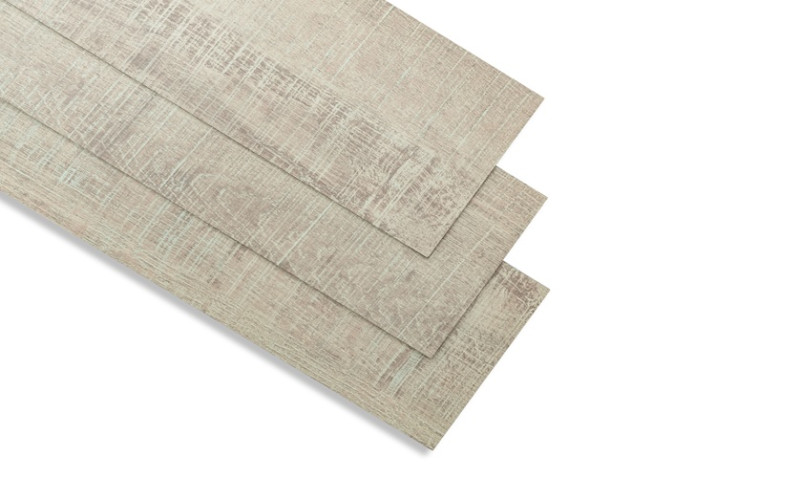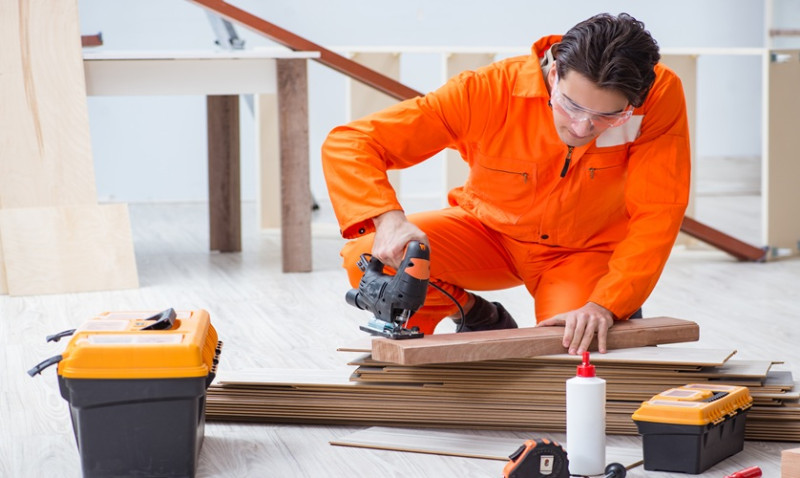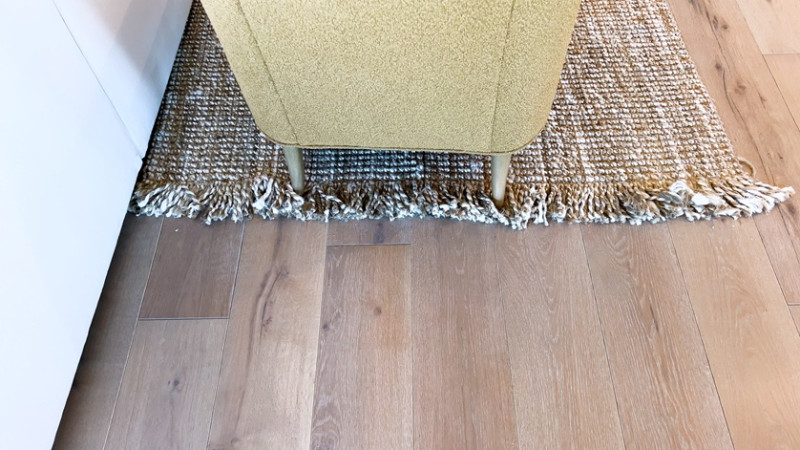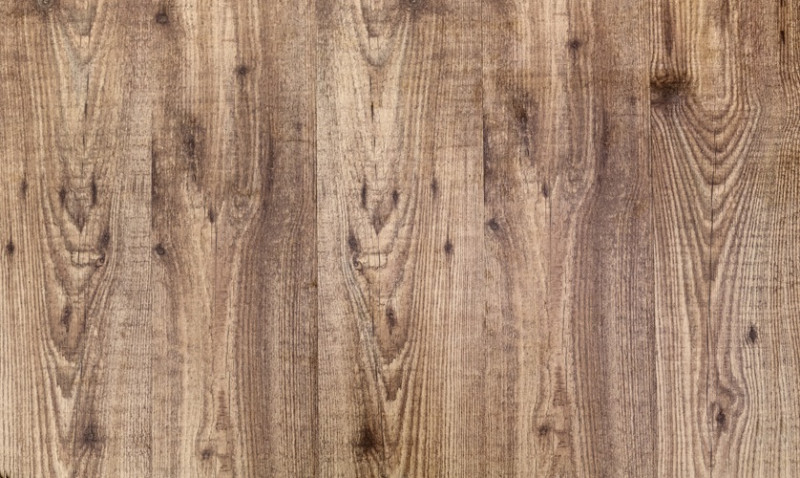
Looking to breathe new life into your tired and worn-out maple floors? Whether you're a hands-on DIY enthusiast, a professional tradesperson, or a home designer working on your next project, refinishing maple flooring can completely transform a space from dull to dazzling. In this post, we break down the full process of a maple floor refinishing project we recently completed, showcasing not only the jaw-dropping results but also pointing out the techniques, tools, and tips that helped make it happen.
Maple flooring is renowned for its durability and natural beauty, but over time, even the toughest surfaces succumb to scratches, stains, and general wear. In the UK especially, where traditional wood flooring is a hallmark in many older properties and modern renovations alike, a proper refinish can add immense value and aesthetic charm.
Whether your maple floors are in a Victorian terrace or a minimalist new build, you’ll find inspiration and practical knowledge in this incredible floor transformation. Ready to give your floors the attention they deserve?
Why Refinish Maple Floors Instead of Replacing Them?
Before diving into the refinishing process, let's explore why it might actually be smarter — and more economical — to refinish rather than replace.
Maple is a hardwood, which means it's ideal for multiple sandings and refinishings over the course of its life. Many UK homes with original or older maple floors can be brought back to pristine condition with minimal disruption and cost compared to complete replacement, which involves removing the old floor, sorting out the subfloor, and laying down entirely new boards.
Additionally, refinishing allows you to retain the unique characteristics, patinas, or grain features of your existing boards — qualities that are hard to replicate with new flooring. This is particularly important for heritage properties or design-conscious spaces where individuality matters.
By choosing to refinish, you’re also making a more sustainable, eco-aware decision. You're keeping materials out of landfills and reducing the demand for new hardwood resources — a move that many UK architects and interior designers are actively supporting today.
Step-by-Step: The Full Maple Floor Refinishing Process
This transformation was nothing short of stunning, and the secret lies in the meticulous step-by-step process. Let's break it down:
1. Inspection and Preparation
Every successful floor refinish starts with an honest inspection. We look for deep gouges, signs of moisture damage, and loose boards. In this case, the maple boards were structurally sound but suffered from heavy scuffs, dullness, and some sun bleaching by the patio doors.
Before sanding, we cleared the room entirely and gave the floors a thorough hoover and mop with a lightly damp cloth. We also checked nail heads — anything poking slightly above the board gets hammered down or re-countersunk to avoid damaging the sanding belts later.
2. Sanding – The Heart of the Transformation
Sanding is where the magic really begins. For our project, we used a combination of drum sanders and edge sanders. Starting with a 40-grit sandpaper, we removed the old finish, working gradually up to 80- and 120-grit to achieve a super-smooth, bare maple surface.
Many people are surprised at how much dust this creates — even with modern dust-extraction systems. If you're a DIYer in the UK renting equipment, make sure you opt for machines that come with high-quality dust containment systems to keep your space as clean and breathable as possible.
Maple can be tricky because it tends to "burn" or glaze under high-pressure or dull sanding. For this reason, we keep our belts sharp and avoid staying too long in one spot. Patience and steady movement are key!
3. Staining (Optional) for Deeper Character
Our homeowner client wanted to enhance the grain and add some warmth without overwhelming maple’s natural golden tones. We tested a few water-based stain colours on a small section – a top tip for all DIYers, as hue can vary significantly depending on lighting and absorption.
After selecting a subtle caramel oak stain, we applied it evenly using a lambswool applicator, wiping off the excess with clean cotton rags to prevent patching or build-up. Maple doesn’t absorb stain as evenly as oak, so it’s crucial to follow the grain direction and avoid overlap marks.
4. Sealing and Finishing
The grand finale – and arguably the most important step. For a durable, long-lasting result, especially in busy UK households or commercial spaces, we recommend a water-based polyurethane finish. It dries quickly, has low odour, and provides excellent resistance to scuffs and moisture.
We applied three coats in total, lightly buffing between each one with a 220-grit screen for that glass-like smoothness. The client opted for a satin sheen, which gives the perfect balance between a natural look and subtle reflection. As always, venting the area well and giving the finish a full 24 hours to cure before placing furniture is essential.
Before & After Results
To say the transformation was impressive would be an understatement. The once-tired maple floor now radiates warmth, depth, and contemporary charm. Below is a breakdown of the visible differences made before and after:
| Feature | Before Refinish | After Refinish |
|---|---|---|
| Appearance | Dull, scratched, discoloured | Smooth, vibrant, richly stained |
| Feel Underfoot | Uneven, slightly gritty | Silky-smooth and consistent |
| Durability | Late-stage varnish flaking | Three-coat polyurethane protection |
| Overall Ambience | Tired and dated | Warm, modern, and inviting |
Common Mistakes to Avoid When Refinishing Maple Flooring
Refinishing can deliver amazing results, but maple remains an unforgiving wood if approached without care. Here are the pitfalls to avoid:
- Over-sanding: Taking too much off can thin the boards and shorten the floor’s life.
- Skipping grits: Don't jump from heavy to fine without intermediary steps — you’ll see swirl marks.
- Incorrect staining: Maple takes stain unevenly. Always test first and apply carefully.
- Inadequate ventilation: Especially when working with sealant, always ventilate well to avoid strong fumes lingering.
- Rushing drying times: Each coat needs full curing time, even if it feels dry to the touch. Patience pays off!
Who Should Consider This Project?
Are you a young professional redecorating your starter home somewhere in London, Manchester or Birmingham? A designer working on a heritage-meets-modern blend in Leeds? Or perhaps a tradesperson looking to offer bespoke finishes to your clients across the UK?
This refinishing method is both accessible and transformative. With the right equipment, a bit of practice, and attention to detail, even intermediate-level DIYers can achieve stunning professional-quality results. And if you're on the trade side, showcasing transformations like this in your portfolio could set you apart from the competition.
Final Thoughts
Maple flooring has enduring appeal and structural integrity — two excellent reasons to maintain and enhance it rather than replace. With proper refinishing, even the oldest maple floorboards can be revived to a level that’s nearly unrecognisable, while preserving the charm and sustainability that comes with original materials.
So, next time you look down at your scuffed and faded floors, consider this: one weekend of dust, sanding, and dedication can deliver decades of durability and design value — turning your home or project site into a visual masterpiece of natural beauty, the way only real maple can.
Thinking of refinishing your own maple floors? Stay tuned for our upcoming posts showcasing the best UK-based products, tools for hire, and comparison guides tailored to your level — from first-timer to seasoned pro.
